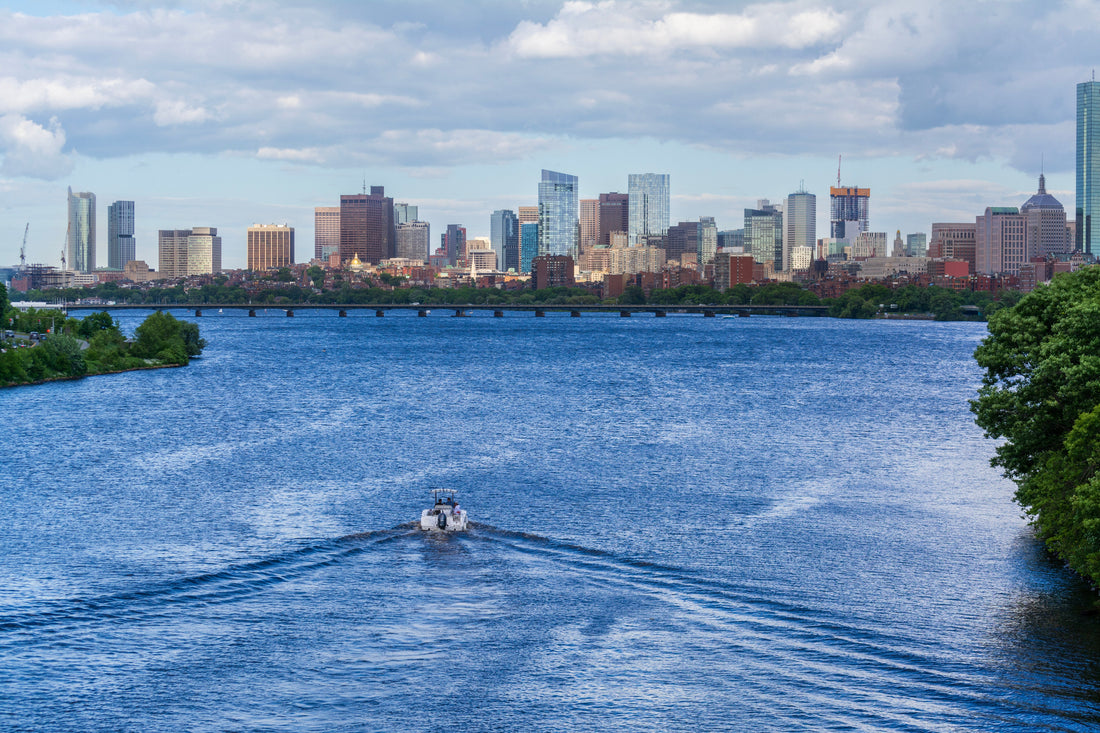
Rivers Are Not All Wild and Scenic - The Challenges Facing Our Urban Rivers
Share
When you picture a river, you might imagine a wild, winding ribbon of water cutting through forests and canyons. But for many of us, rivers are part of city life. They run alongside roads, under bridges, and past neighborhoods. These urban rivers are not just scenic backdrops—they’re vital arteries of our communities. They provide drinking water, cool our cities, support wildlife, and offer places for recreation and reflection. Yet, they are also some of the most troubled waters on the planet.
Pollution and Runoff
One of the biggest threats to urban rivers is stormwater runoff. In natural landscapes, rainfall soaks into the ground, filtering slowly into rivers and streams. In cities, pavement, rooftops, and parking lots prevent this process. Rainwater races across these hard surfaces, picking up oil, trash, heavy metals, pesticides, and fertilizers before rushing into storm drains that empty straight into rivers. The result is a cocktail of pollutants that can kill fish, degrade water quality, and make rivers unsafe for people.
Trash and Plastics
Litter is another visible symptom of urban river stress. Plastic bags, bottles, Styrofoam containers, shopping carts, mattresses, used needles and other debris accumulate along riverbanks and in the water itself. This not only spoils the beauty of the river but also endangers birds, fish, and other wildlife that may ingest or become entangled in the waste.
Altered Flow and Habitat Loss
Many urban rivers have been straightened, channelized, or confined between concrete banks. While this makes space for buildings and roads, it strips the river of its natural floodplains and wetlands—critical buffers that filter water and provide habitat. Without these natural features, floods can be more severe, and biodiversity suffers.
Climate Pressures
Climate change compounds these issues. Heavier rains increase flooding and runoff pollution, while hotter summers warm river water, stressing fish and aquatic life. Urban heat islands—caused by all that pavement—make matters worse by raising local air and water temperatures.
Why It Matters
Urban rivers are more than just waterways—they’re living systems that connect us to nature in the heart of our cities. When they are neglected, entire communities lose out: on cleaner air and water, on spaces to gather and play, on healthier ecosystems, and on the chance to pass along thriving rivers to the next generation.
What We Can Do
The challenges are real, but so are the solutions. Green infrastructure—like rain gardens, permeable pavements, and restored wetlands—can help absorb and filter stormwater. Community cleanup efforts reduce trash and build awareness. Stronger protections for riparian corridors restore wildlife habitat and improve resilience. Most importantly, when citizens, businesses, and governments see rivers as shared assets, they become invested in their health.
Be Part of the Solution
Our urban rivers don’t have to be polluted, neglected backwaters. With the right action, they can be vibrant lifelines for people and wildlife alike. That’s where Clean Rivers Fund comes in—we channel resources from everyday people into projects that directly restore and protect rivers across the country.
Your purchase or contribution is more than a gift—it’s an investment in cleaner water, healthier cities, and a future where urban rivers thrive.
👉 Join us today at CleanRiversFund.com and help turn the tide for our rivers.
